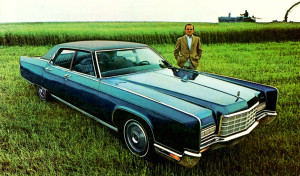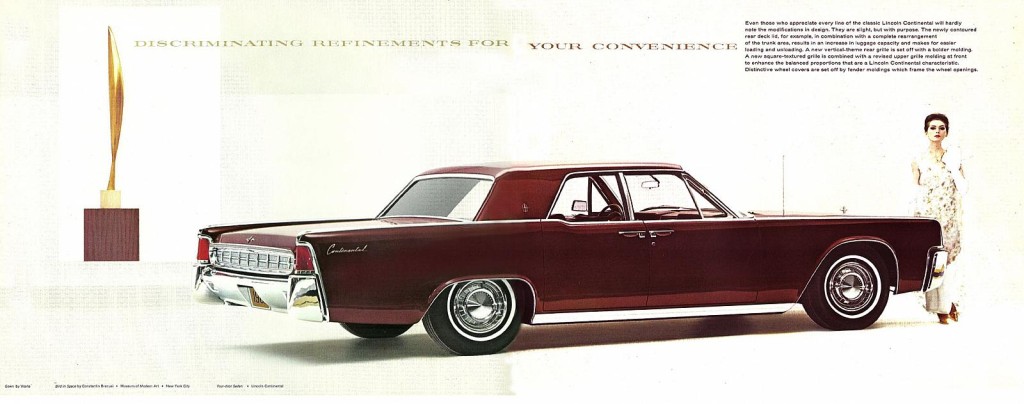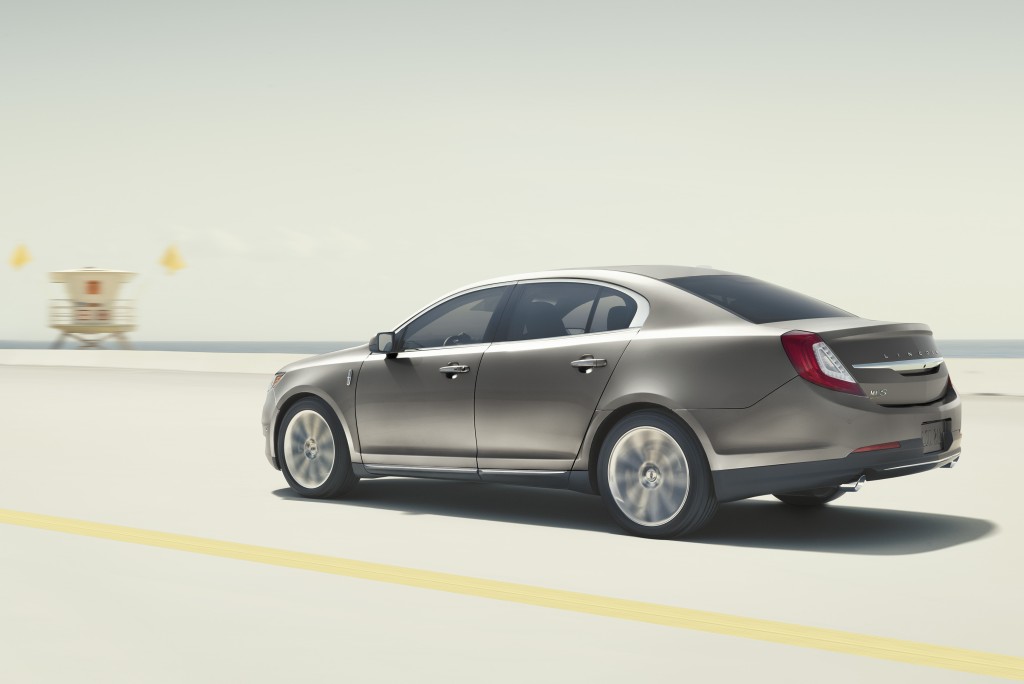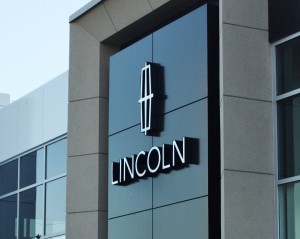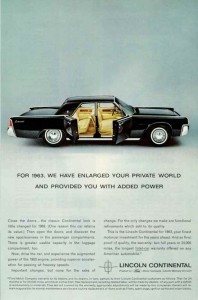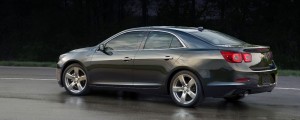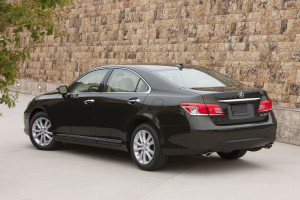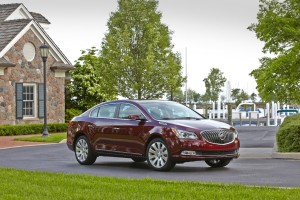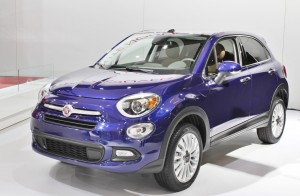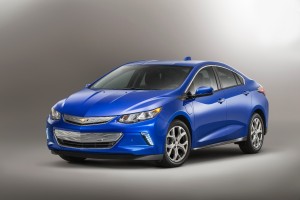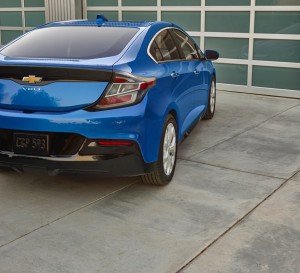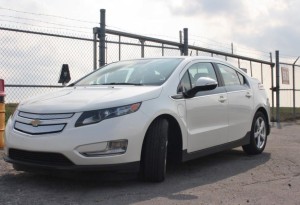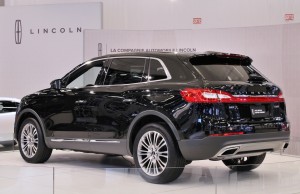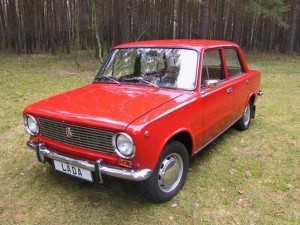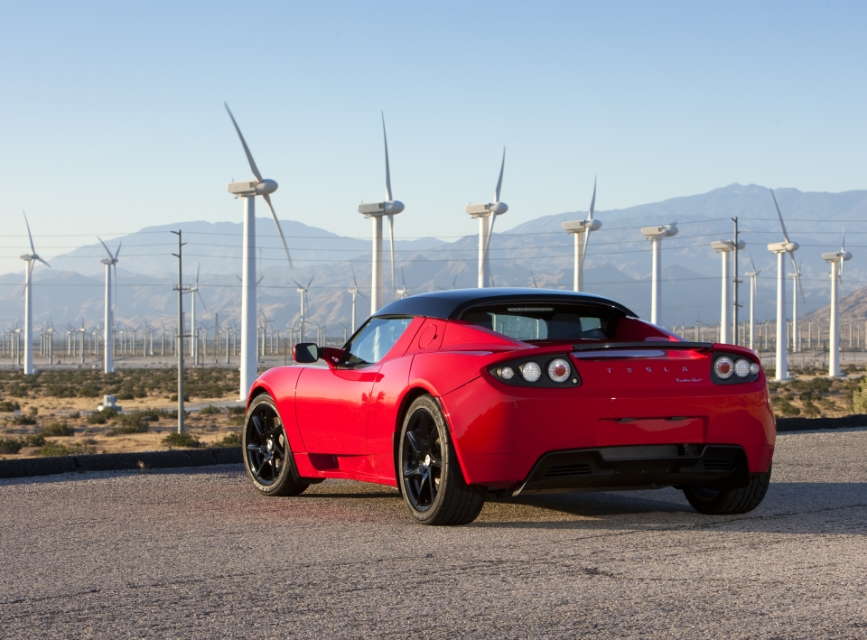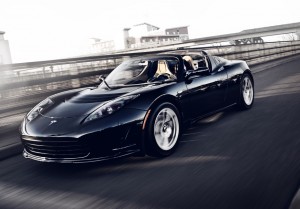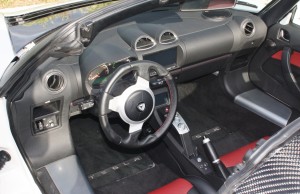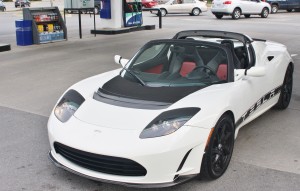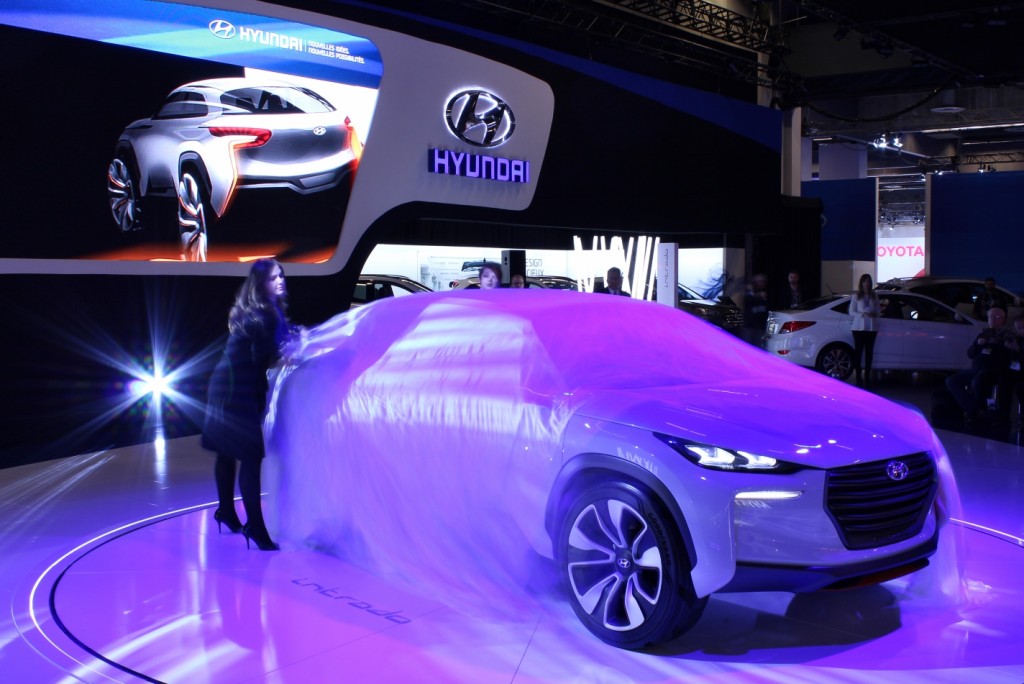
The Hyundai Intrado sport crossover concept comes unwrapped at the Montreal International Auto Show.
Thoughts from the 2015 Montreal Auto Show
There’s few things as unsexy as driving in Canada in the middle of January.
Brutal cold is never sexy, nor is starting your car in that same nostril hair-freezing temperature and shivering while the heater valiantly tries (and fails) to blow warm air.
Road salt and brown-grey slush covers everything – roads, sidewalks, your car, your pants – while the weather forecast teases you with warmer weather (which never materializes) on the last day of the week.
So it was fitting that the mercury was holding steady at minus 25 when I left Ottawa for the warm, glitzy confines of the Montreal Auto Show this past week.
Thankfully, the only salt to be found inside the Palais des Congrès was on my Old Dutch potato chips.
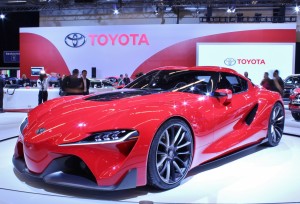
Here it is – the 2084 Camry! Actually, the Toyota FT1 concept is meant to tease a future design direction for the company.
Unlike past years, lots of concepts were unveiled this time around, and mainly from Japanese automakers. Could it be they’re feeling a growing ‘beige’ backlash to their sensible but reserved offerings?
The wildest concept by far was the Toyota FT1, a two-seater supercar that was red enough and low enough to arouse Prince. Missing a drivetrain, the FT1’s totally un-Camrylike styling is a direction the company rep said Toyota plans to go in.
No word on whether the FT1 will be appearing alongside Corollas in Toyota showrooms anytime soon, but I somehow doubt it.
Supercars are hot, but they aren’t big sellers. Most of the concepts revealed at the show were a little more sensible, and shared a common theme: compact, sporty, 2-door crossovers aimed at adventurous, urban Millennials.

Subaru’s VIZIV 2 concept (another 2-door sport crossover!) reflects the company’s future styling plans.
Have you finished vomiting yet? Yes, the ‘adventurous, urban Millennial’ is the new, hipsterized ‘young urban professional’ of yesterday.
Whether you’re grabbing your beard buddies and heading down to the Vance Joy/Lumineers concert, taking your open relationship girlfriend to the Lena Dunham book signing, or ironically shopping for Mason jars or corduroys by yourself, these concepts were meant to arouse apathy and muted passion all at once.
Subaru brought its VIZIV 2 concept, Hyundai rolled out the Intrado, and Volkswagen showed up with the T-ROC. Together, the concepts were meant to imply a design and market direction, one that (if accurate) should have America’s young people toasting their good fortune with overly hoppy craft beer.

Paging Millennials – the Volkswagen T-ROC might be the lifestyle you need.
All joking aside, the concepts have definite appeal. A Jack-of-all-trades vehicle that combines sportiness with modern amenities, a city-friendly body length and usable utility would seemingly be the perfect vehicle for a childless one-car couple.
They could easily be a second, more ‘fun’ car for a Baby Boomer couple. Or, just maybe, individuals of all ages might come to the conclusion that – based on its attributes – this is the car for them.
Besides the concepts, a number of models ready and waiting to be bought were given some time in the limelight.
The North American unveiling of the Mazda 2 revealed a newly KODOized styling job, a new 1.5-litre SKYACTIV-G engine, a longer wheelbase and basically upgraded everything. Despite the freshening up, it looks like the 2 will retain the sprightly personality it has made for itself.

The front end of the 2016 Mazda 2 shows off its new KODO design language.
The Fiat 500X, the larger crossover built atop the stretched 500L platform that underpins the Jeep Renegade, impressed with its pleasing proportions and tasteful trim. Compared to the 500X, the 500L looks like a birthday cake after a grenade attack.
Lincoln’s refreshed-for-2016 MKX was at the show, but wasn’t afforded any unveiling time. Still the black MKX in the display reflected the new MKC-inspired styling job well. The treatment can best be described as ‘safely, subtly stylish’ and can only do good things for the mid-size SUV as Lincoln continues with its turnaround.
Missing from the Montreal show (due to overlap with the Detroit show) was the 640-horsepower Cadillac CTS-V sport sedan, which was a damn shame, though the ATS coupe and stunning Elmiraj concept gave journos something sharp (and sharp-edged) to look at.
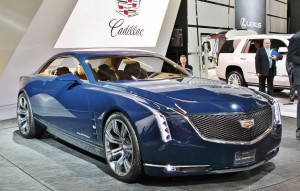
The Cadillac Elmiraj concept rolled into Canada to show us what a luxury American coupe should look like.
I was hoping to come across the Hyundai Santa Cruz concept, but alas, no dice. Unveiled in Detroit, the clamshell door, short-bed unibody pickup concept has generated a lot of interest, and not just because it seemed more ‘fleshed-out’ than other concepts.
The Santa Cruz is downright appealing. While the ‘crossover coupe’ was all the rage at Montreal, I wouldn’t bet against this ‘crossover pickup’ getting the green light from Hyundai before long. It seems like the company was trying to strategically gauge consumer demand by unveiling a nearly production-ready prototype.
Build it, I say.
